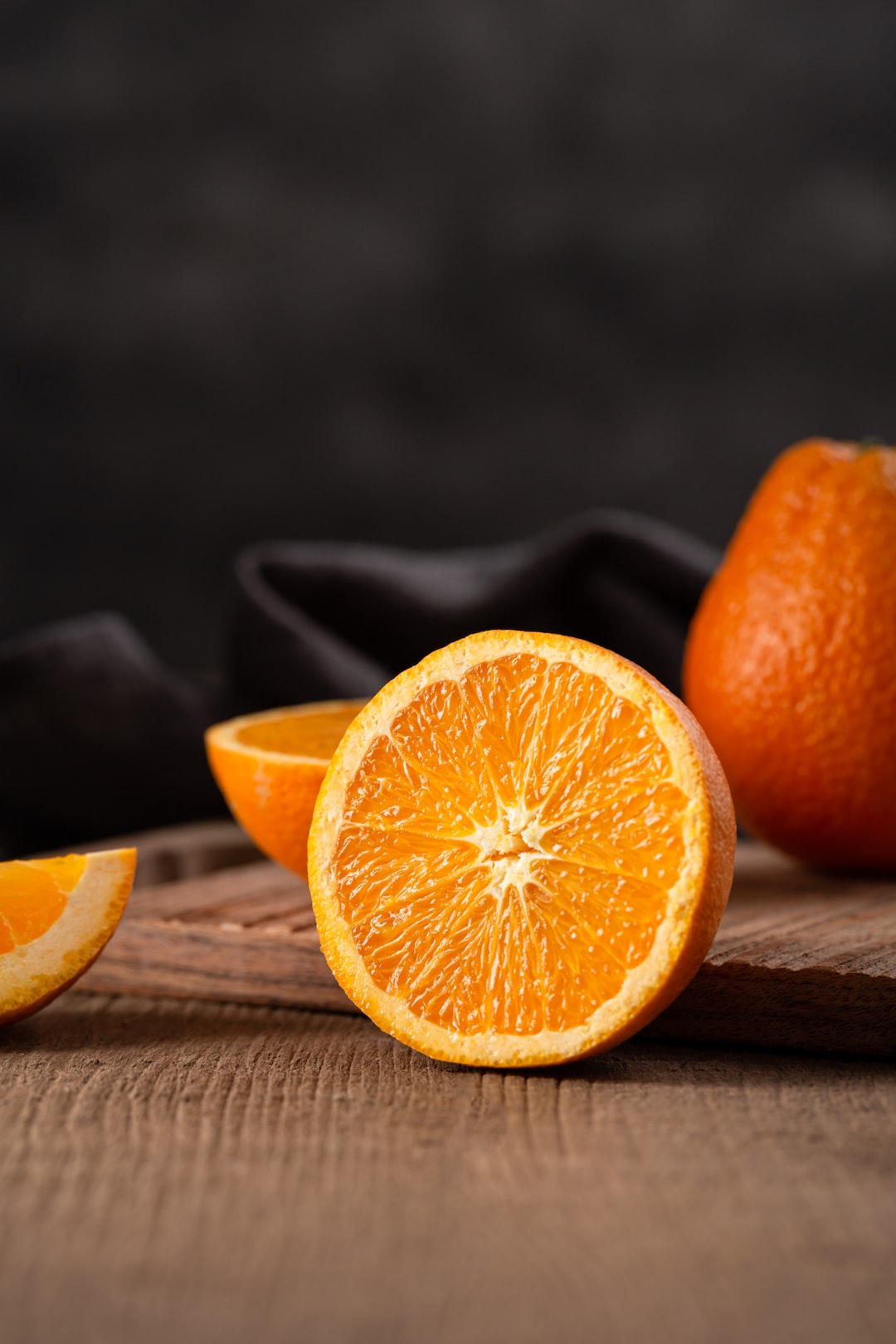The Art of Food Presentation: Elevating Your Dish from Ordinary to Extraordinary
In the world of culinary masterpieces, presentation plays a vital role in enhancing our dining experience. Whether it’s a seven-course meal at a fancy restaurant or a simple homemade dish, the art of food presentation can take it from ordinary to extraordinary. Here’s why it is important and some tips to help you elevate your dish’s presentation to the next level.
Why Presentation Matters:
1. Visual Appeal: We eat with our eyes first. The visual presentation of a dish tantalizes our taste buds and sets the stage for the overall dining experience. A well-presented dish captures our attention and makes us want to dig in, even before we taste it.
2. A Feast for the Senses: Good food presentation is not just about aesthetics; it engages all our senses. Colors, textures, shapes, and even aromas can elevate the dining experience. By considering these elements, you can create a symphony of flavors that your guests will remember long after the meal is over.
3. Reflecting Creativity: Food presentation is an art form that allows chefs and home cooks alike to showcase their creativity. It is an opportunity to express your unique style and personality in the dish you prepare. The way you present your food can be an extension of your culinary vision and can leave a lasting impression on your guests.
Tips for Elevating Your Dish’s Presentation:
1. Plate Selection: Start by choosing the right plate or bowl for your dish. Consider the shape, color, and size that will complement the food. Sometimes, a simple white plate can provide the perfect canvas for vibrant food colors to pop.
2. Balance and Composition: Create balance and harmony on your plate by using the rule of thirds. Divide your plate mentally into three sections and place your main dish or protein on one-third of the plate. Use the remaining two-thirds to showcase complementary sides, vegetables, or garnishes. This technique creates a visually pleasing arrangement that draws the eye to all the elements.
3. Color Palette: Use a variety of colorful ingredients to make your dish visually appealing. Vibrant vegetables, fruits, or even edible flowers can add a pop of color to your plate. Contrast bright colors with muted ones for a visually stunning effect. Pay attention to the color wheel and try using complementary colors together to create harmony.
4. Play with Textures: Incorporate different textures to add depth to your dish. A crunchy topping on a creamy soup or a crisp exterior with a tender interior on a protein dish can create an exciting sensory experience. Experimenting with various textures can make each bite interesting and memorable.
5. Garnish with Purpose: Garnishes should not be an afterthought but rather a deliberate choice to enhance the dish. Fresh herbs, microgreens, or edible flowers can provide a burst of flavor and visual interest. Ensure that the garnish is edible, complements the flavors, and doesn’t overpower the main components.
6. Pay Attention to Detail: The little details matter. Wipe the edges of the plate for a clean presentation, use a piping bag for precise sauce placement, or sprinkle a pinch of finishing salt for added elegance. These small touches demonstrate your meticulousness and attention to detail, and they can elevate your dish from good to exceptional.
7. Play with Height: Experiment with different levels and heights to add dimension to your dish. Stacking ingredients or using a food ring mold can create visual interest and make your plate look more professional. However, ensure that the height does not hinder eating or make the dish unstable.
8. Consider the Dish’s Story: Think about the story or theme behind your dish. Let that guide your presentation. If it’s a rustic, hearty meal, opt for a down-to-earth and rustic presentation. If it’s a delicate dessert, focus on elegance and finesse in plating.
Conclusion:
The art of food presentation allows you to unleash your creativity and transform an ordinary dish into a masterpiece. By considering visual appeal, balance, color, texture, and attention to detail, you can take your home-cooked meals or culinary creations to the next level. Remember, food presentation is about engaging all the senses, creating a memorable dining experience while expressing your unique style. So go ahead, have fun, and elevate your dishes from ordinary to extraordinary!
